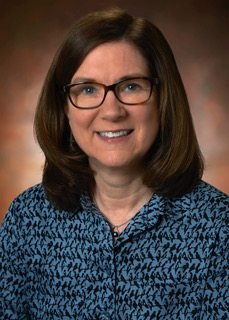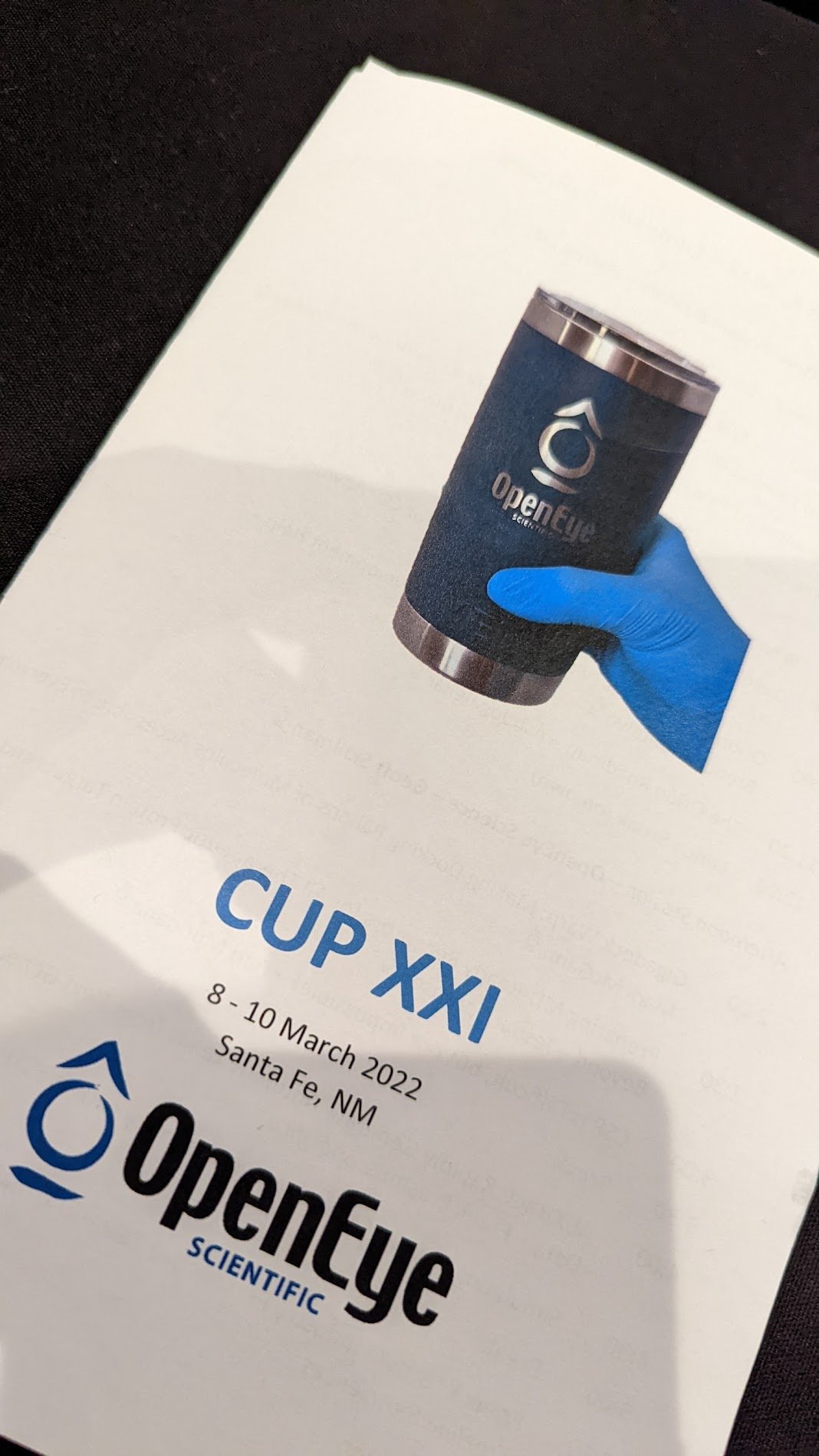Recently, OpenMM applied for NIH funding to seek a sustainable federal source of support to continue to serve and adapt to the changing needs of the molecular simulation community by providing a fast, flexible, and extensible platform for advanced biomolecular simulations.
We’re thrilled to report that the NIH has awarded us funding through Mar 2025 via NIH grant R01GM140090. Funding will continue to support lead OpenMM developer Peter Eastman, as well as new developers based in the computational biophysics lab headed by Gianni de Fabritiis. Together, this will enable us to not only continue to support, optimize, and maintain OpenMM, but to also extend it to take advantage of the unfolding revolution in quantum machine learning potentials that continue to transform our field.
With a newly redesigned website, a newly-established OpenMM Consortium helping steer scientific directions, recruitment of science communicator Joshua Mitchell to lead a major effort to refine our documentation and materials, added support for GPU-accelerated pytorch and tensorflow based potentials, and migration to the conda-forge ecosystem (with 158K downloads from conda-forge this year already), we’re off to a great start!
To read more about our plans to continue to extend OpenMM to tightly integrate OpenMM with modern ML frameworks such as TensorFlow, PyTorch, and JAX; allow machine learning potentials or collective variables defined in these machine learning frameworks to be easily used within OpenMM; and and Python libraries to make it easy to build next-generation hybrid quantum machine learning / molecular mechanics (QML/MM) models within these frameworks, check out our NIH research proposal here.
Thanks to all of you who submitted letters of support! Your support means the world to us.




























